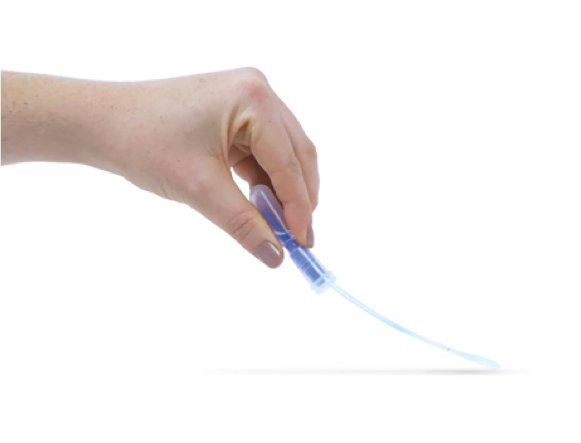What is ATP Testing
What is ATP Testing
ATP stands for adenosine triphosphate, the energy molecule that exists in all living cells. Thus, ATP testing equipment is used in the dental, food and other industries to measure the amount of this molecule for health and safety precautions. It is important to note that ATP testing simply means testing for this energy molecule and does not detail a particular organism or if an allergen is present.
ATP bioluminescence testing is a way for us to quickly determine the amount of organisms present through the detection of ATP. This can be found by measuring the light produced through ATP’s reaction with luciferase, a natural firefly enzyme. The more light that is produced by using the luminometer is indicative of the quantity of ATP in the sample. While this science is constantly expanding into new fields, this type of biologic testing has existed for 50 years.
The Importance of ATP Testing
There are many uses for ATP tests including:
• Measuring the sanitation of equipment or products
• Assessing soil activity
• Managing fermentation processes
• Determining if water is safe to drink
• Guiding biological programs
• Controlling biological treatment devices
ATP swab testing is particularly important in biological and food plant applications because residual ATP indicates that a surface is not as clean as it appears and could potentially become a breeding ground for bacteria. In the food industry, it’s important that surfaces are properly cleaned to avoid cross-contamination and allergens. In addition, biofilm—a sticky secretion that microorganisms create when they are exposed to food and moisture—is the source of product contamination and expensive damage to equipment. This is because biofilm is very difficult to remove once it has grown attached to a surface and it’s even resistant to sanitizers.
Consequently, ATP surface testing helps to protect us all from harmful bacteria, allergens, bad product batches and other biological dangers. When labs and plants consistently monitor their ATP testing and hygiene with ATP swabs, it costs us all less—less accidents, less damage and less costly repairs.
To follow the proper order of ATP testing, one should perform a surface test before sanitizing the surface but after cleaning it. Sanitizers can be less powerful when applied to surfaces that still have product residue on them, so it’s preferable to test for ATP presence before sanitization.
At Sanitation Tools we have many ATP testing options including Aquasnap ATP water testing device and Calibration Control Kits, but remember ATP testing is only part of the sanitation process. For all of your sanitation equipment, browse our categories or contact us for more information.